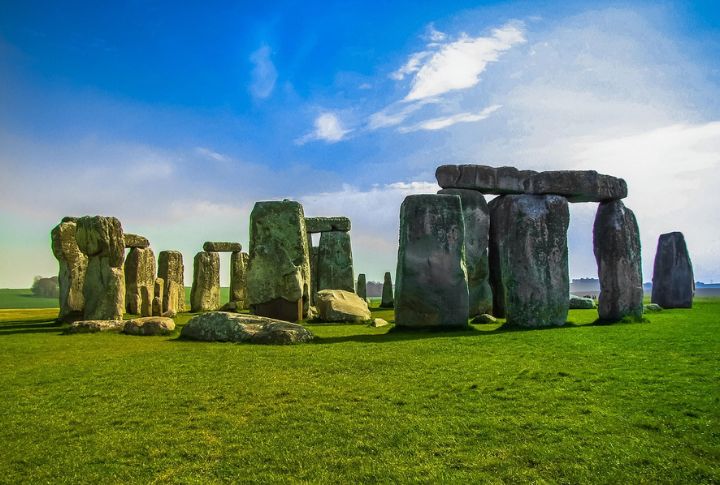
You’d think that with satellites and enough PhDs to staff a small country, science would have the world all figured out by now. Not quite. Here are 20 mysterious locations that laugh in the face of certainty, and yes, they’re very, very real.
The Eternal Flame Falls, USA

A waterfall with a flame burning behind it sounds like something out of a fantasy novel, right? But it is hidden in New York, running on natural gas that seeps from underground. Geologists can’t fully explain how the gas pockets formed or why they burn so consistently.
The Boiling River Of Shanay-Timpishka, Peru
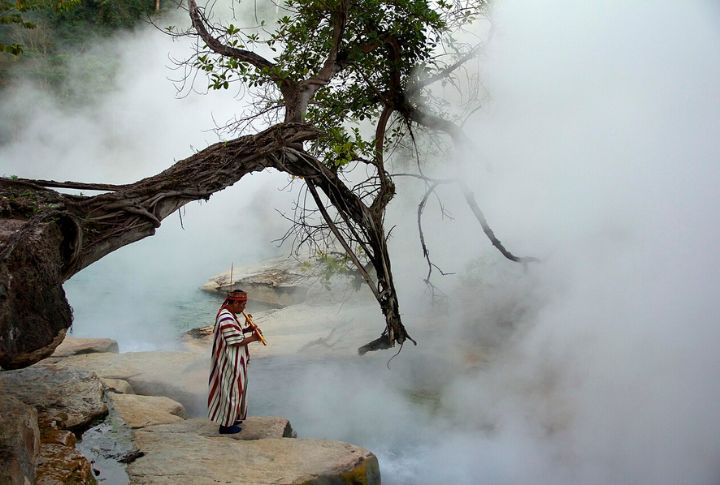
Deep in the Amazon, a river runs hot enough to cook, but explanations are half-baked. With temperatures reaching nearly 200°F, this isn’t a volcanic hotspot, but it boils. It’s currently impossible to figure out how geothermal energy heats the water without volcanic activity nearby.
Crooked Forest, Poland
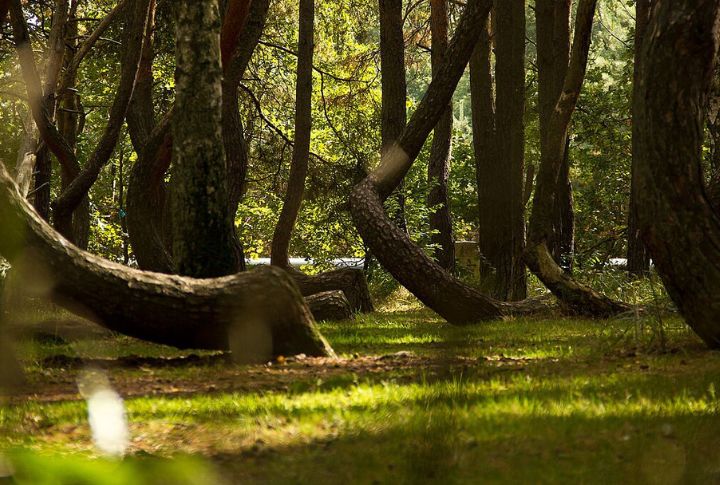
Hundreds of oddly bent pine trees all curve at the base in the same direction, like nature had a clumsy phase. Science keeps circling the trunk, still stumped by the shape. Although theories range from snow damage to experimental farming, none stick with evidence.
Hessdalen Valley, Norway
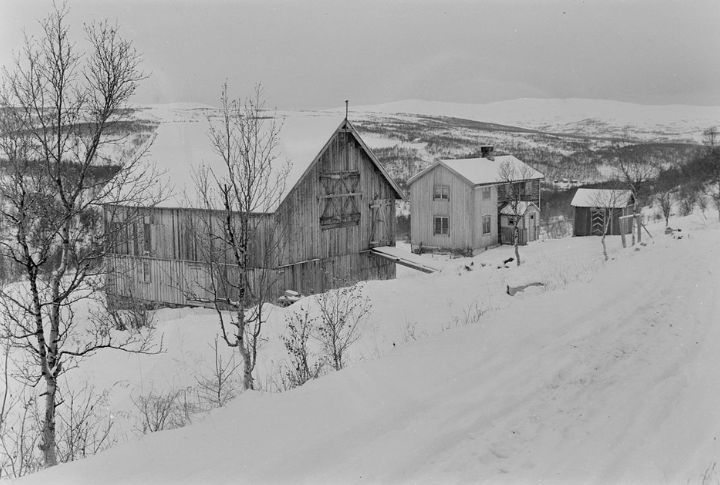
In Norway’s Hessdalen Valley, mysterious lights flash and float, sometimes lingering even for minutes. Scientists have brought in equipment and proposed theories ranging from plasma to piezoelectric effects. Yet no explanation exists because the lights keep dodging scientific clarity.
Bermuda Triangle, Atlantic Ocean
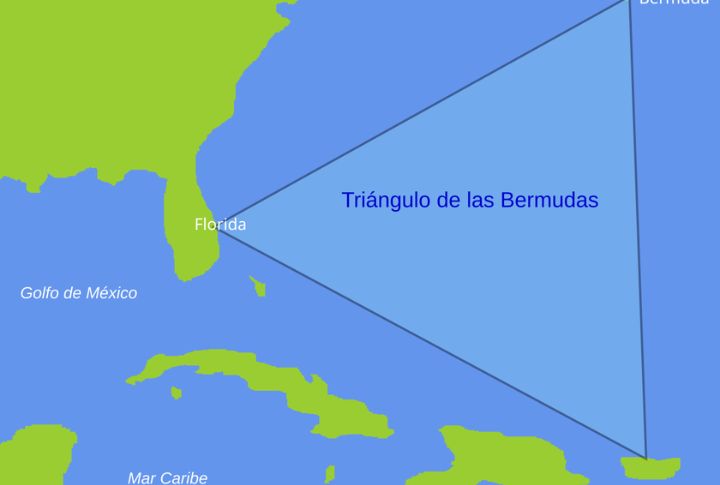
Planes disappear, and search efforts come up empty; such is the legacy of the Bermuda Triangle. This patch of ocean has baffled researchers for decades. Theories range from rogue waves to methane eruptions, but nothing logical accounts for the full pattern.
Lake Natron, Tanzania

Lake Natron’s highly caustic waters, with a pH of 10.5, are rich in sodium carbonate. Though often believed to petrify animals instantly, the effect happens gradually as minerals coat the remains over time. Even in such conditions, certain organisms thrive, and we still don’t know why.
Gobekli Tepe, Turkey
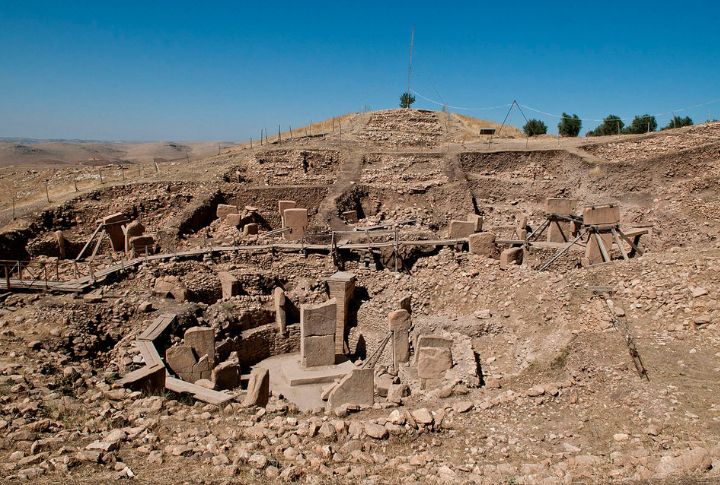
Older than Stonehenge and the pyramids, Gobekli Tepe flips the timeline of civilization. Massive stone pillars carved with animals suggest an advanced society before agriculture. Its builders remain unknown, and its sudden burial raises even more questions.
Plain Of Jars, Laos
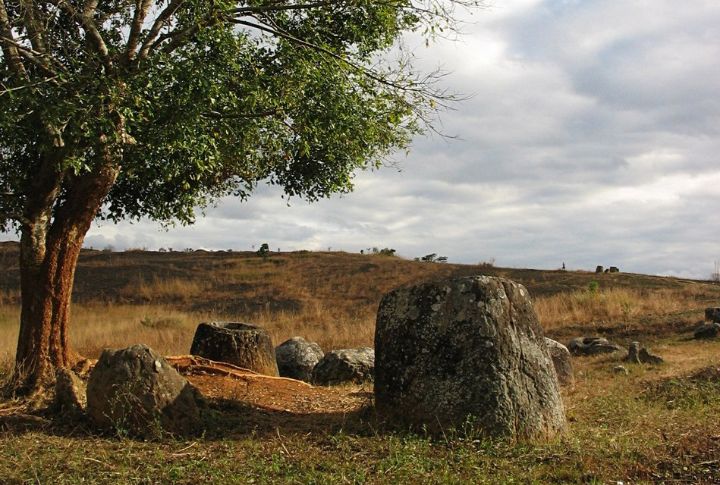
Thousands of giant stone jars, some weighing several tons, are scattered across a plateau in Laos. Their origin and function are still debated. While some researchers suggest burial urns or storage vessels, no explanation has achieved consensus. Despite excavations, the plain’s true purpose remains shrouded in mystery.
The Fairy Circles Of Namibia
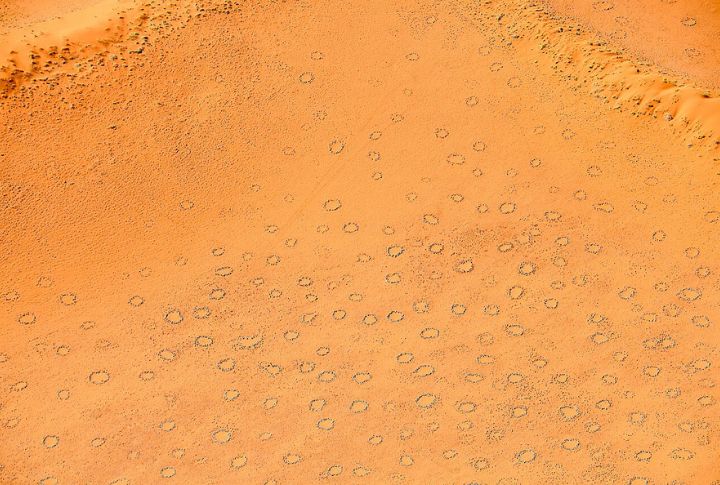
The baffling patterns of Namibia’s fairy circles appear natural, but explanations remain elusive. While some scientists blame plant competition and others suspect termites, none of the theories fully hold up. These circular patches of barren earth stretch across the grasslands, defying a neat, scientific resolution.
Lake Hillier, Australia
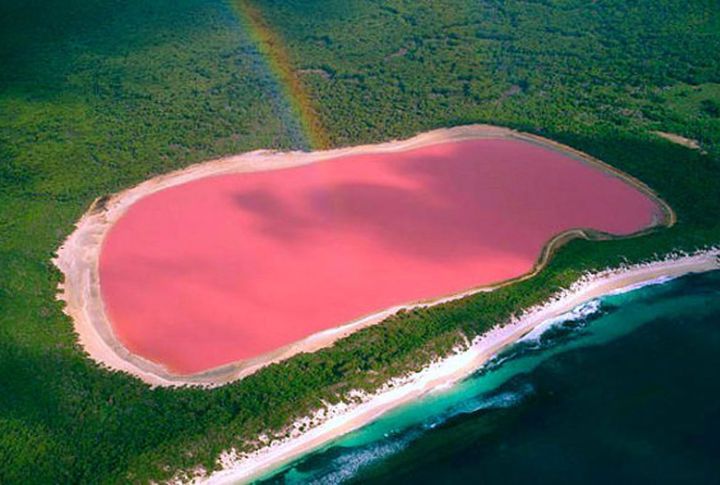
Lake Hillier’s permanent pink color is as striking as it is puzzling. It is found on Middle Island off Australia’s coast and owes its hue to microbes like Dunaliella salina and Salinibacter ruber. While microbial pigments play a role, the precise mechanisms behind their lasting color are still under study.
The Movile Cave, Romania
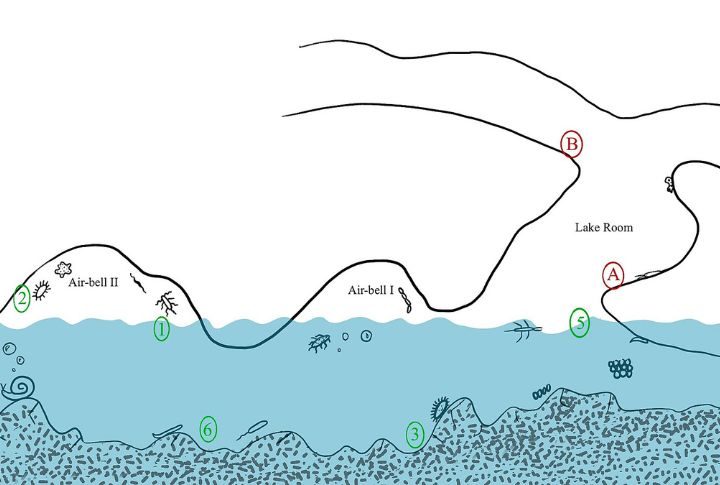
Buried beneath Romanian soil is a cave sealed off for 5.5 million years. Inside, bizarre creatures thrive in toxic air with no sunlight. Scientists discovered it accidentally and still can’t explain how this weird little ecosystem developed or survived.
The Baltic Sea Anomaly, Sweden
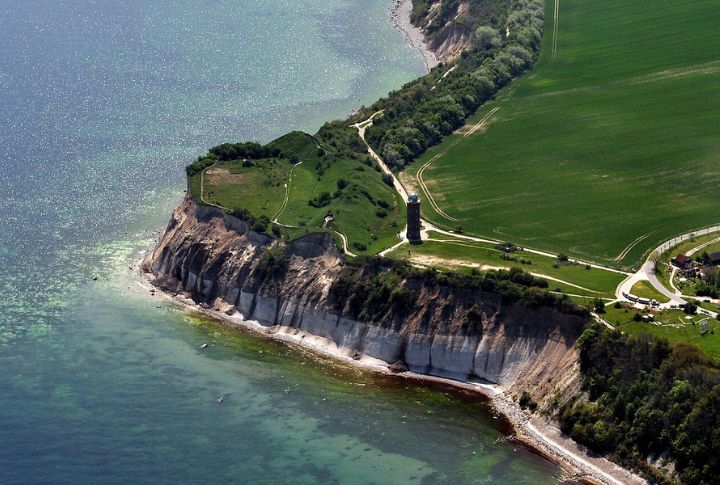
Discovered in 2011 by sonar, this large, disk-shaped formation sits 300 feet below the Baltic Sea. It resembles a crashed spaceship or a natural rock, which depends on whom you ask. No team has been able to study it conclusively, leaving origin theories wildly conflicting.
Mount Roraima, Venezuela

While Mount Roraima’s sheer cliffs and flat summit seem evolutionarily frozen, research has shown that species sometimes disperse between tepuis. Though many organisms are found only here, life may not be as permanently isolated as once thought. Its ecological narrative is more complex than expected.
Michigan Triangle, Lake Michigan, USA
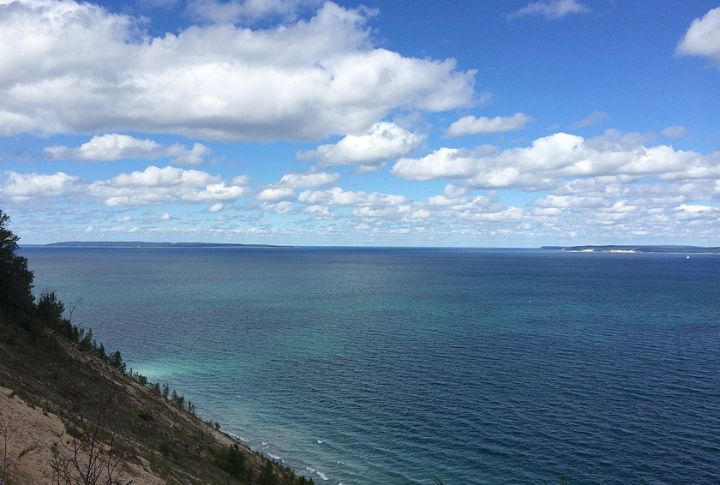
Disappearances here echo the Bermuda Triangle. Planes and even entire crews have vanished without a trace, including the mysterious loss of Flight 2501 in 1950. Despite theories involving weather or human error, no explanation fully accounts for the area’s unsettling track record.
The Taos Hum, USA

A strange, low-frequency hum lingers in the air of this New Mexico town, heard only by a select few. No source has been found despite tests on everything from industrial equipment to human psychology. The sound fluctuates in intensity, yet it never entirely disappears.
Nazca Lines, Peru
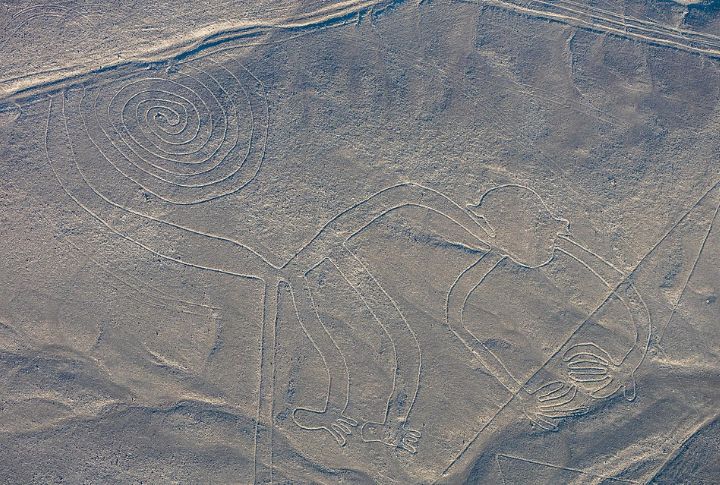
Nazca’s enormous desert geoglyphs depict animals and abstract shapes, some spanning hundreds of feet. Though breathtaking, their meaning remains elusive. Scientists suggest rituals or astronomy as possible motives, but the mystery continues to stretch as wide as the desert itself.
The Door To Hell, Turkmenistan

A flaming crater has been burning in the Karakum Desert since the 1970s. It started when a Soviet drilling operation went wrong, but the fire has never gone out. There’s no scientific consensus on how it has sustained itself for decades without running out of fuel.
Stonehenge, England
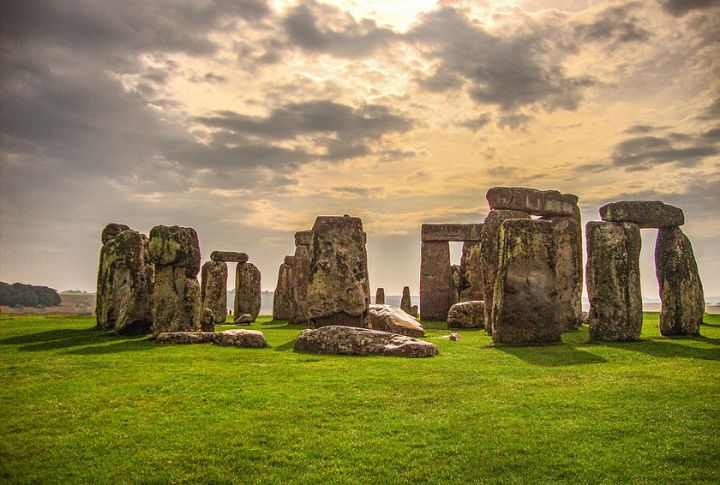
Each discovery at Stonehenge only deepens the mystery. Built over 4,000 years ago, this circle of towering stones, its arrangement, transport methods, and whether it served ceremonial or astronomical purposes remain unclear. The true story of Stonehenge continues to baffle.
North Sentinel Island, India
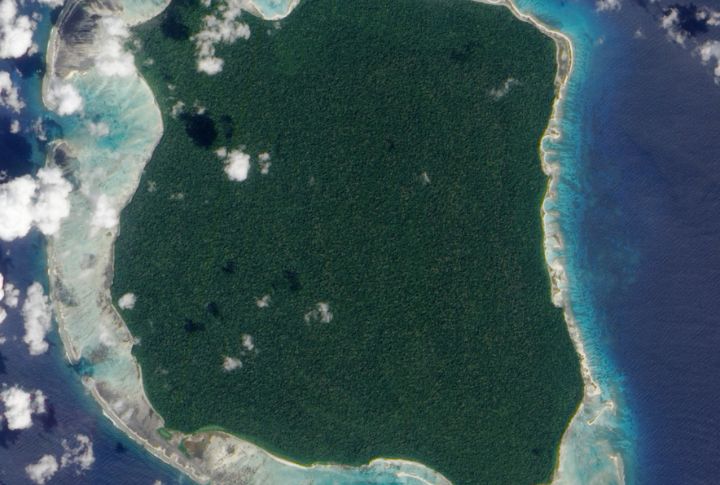
The Sentinelese people reject all outside contact, which makes scientific study impossible. The island remains untouched, and its culture and ecosystem are a mystery. Scientists can only observe from afar because most of whom tried to befriend them met with a deadly fate.
The Screaming Mummies Of Guanajuato, Mexico
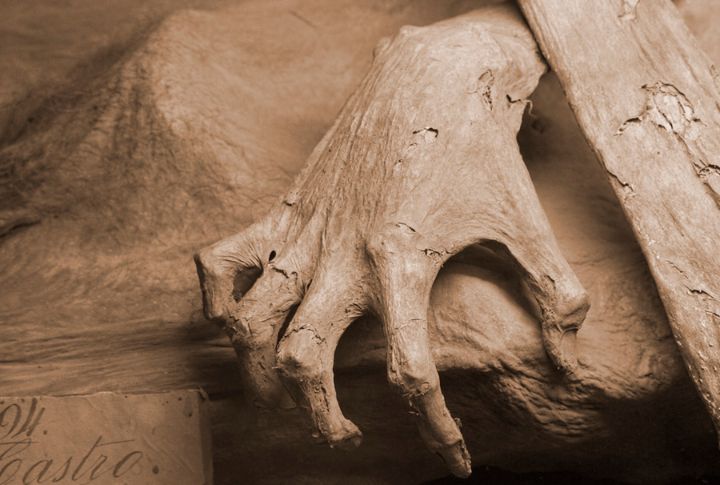
These eerie mummies, mouths frozen mid-scream, have stirred unsettling theories. Some believe cholera victims were buried alive, while others point to postmortem muscle relaxation. Scientists still haven’t reached a consensus, and the haunting expressions continue to spark discomfort.

